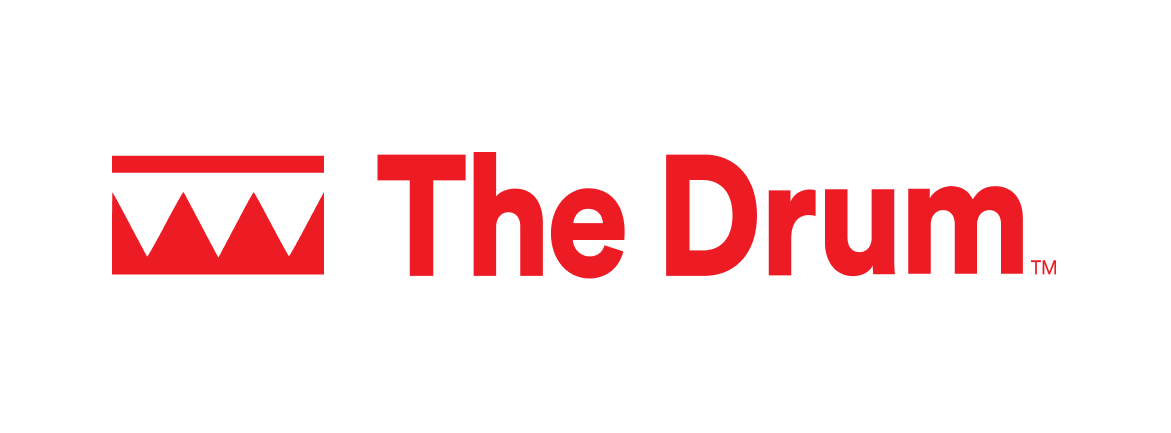The Rise and Fall in Retail eCommerce: Analysing August 2025
In the dynamic world of retail, each month brings fresh winners and losers. Understanding why certain industries thrive while others struggle is crucial for retailers looking to adapt quickly and stay competitive.

Introduction:
In the dynamic world of retail, each month brings fresh winners and losers. Understanding why certain industries thrive while others struggle is crucial for retailers looking to adapt quickly and stay competitive. Our retail analytics platform offers real-time insights that help businesses—from independent boutiques to major chains—optimise their product feeds and fine-tune their sales strategies.
In August, retail performance across categories painted a picture of two extremes. Beer & Wine surged ahead with a 52.80% month-on-month increase in revenue, while Garden Furnishings slipped back with a 23.20% decline. These contrasting results reflect seasonal behaviours, consumer spending priorities, and the timing of social events.
Below we explore why these shifts happened and what they mean for retailers preparing for the transition into autumn.
Best Performing Sector: Beer & Wine
Beer & Wine was August’s clear winner, delivering a standout +52.80% month-on-month increase in revenue. Several factors explain this strong performance:
1. Bank Holiday and Summer Socialising
The August Bank Holiday is one of the UK’s key social weekends, often seen as the last chance for barbecues, gatherings, and outdoor events before autumn sets in. Retailers and grocers experienced higher demand as households stocked up for celebrations, boosting sales volumes significantly.
2. At-Home Entertaining Trends
With many consumers still cautious about spending on nights out, hosting at home remained a popular, cost-effective choice. Beer and wine are staples for these occasions, and multi-buy promotions, mixed cases, and discovery packs made it easier for shoppers to prepare for entertaining without stretching budgets.
3. Weather-Aligned Demand
August brought periods of warm weather, encouraging spontaneous barbecues, picnics, and garden parties. Retailers who offered fast delivery, click-and-collect services, or “weekend-ready” promotions captured last-minute purchases, pushing the category higher.
4. Strong Promotions and Newness
Discounts on mainstream favourites coupled with seasonal specials like rosé, craft beers, and low-alcohol options appealed to a wide audience. Limited-edition launches and curated bundles added freshness and encouraged trade-ups.
5. Smooth Customer Journeys
Retailers who simplified checkout, made delivery slots clear, and offered food-pairing content helped increase conversions. In a category with high repeat purchasing, frictionless experiences are key to securing loyalty.
Worst Performing Sector: Garden Furnishings
By contrast, Garden Furnishings' revenues fell by 23.20% month-on-month, reflecting the seasonal slowdown and shifting consumer priorities.
1. Seasonality
Most big-ticket garden furniture purchases happen in spring and early summer. By August, many households have already upgraded, leaving fewer potential buyers. As daylight hours shorten, the urgency to invest in outdoor spaces naturally declines.
2. Competing Household Priorities
August also brings heavy spending elsewhere — from holidays to back-to-school shopping. With tighter budgets, garden furnishings are deprioritised in favour of more immediate needs.
3. Purchase Fatigue and Space Constraints
After several years of heightened investment in outdoor living, many households feel they already have “enough”. Storage space for bulky items remains a barrier, especially in urban areas, limiting further purchases.
4. Weaker Promotional Pull
While some sectors benefited from targeted Bank Holiday offers, Garden Furnishings saw fewer compelling promotions. Without strong markdowns or fresh designs, customers preferred to wait for end-of-season sales or delay decisions altogether.
5. Delivery and Assembly Barriers
Large, bulky products often face long delivery windows, complex returns, or costly assembly. These friction points become even more problematic when urgency is low, further suppressing conversion.
Looking Ahead: What to Expect in September
- Beer & Wine: A natural pullback is expected after August’s peak, but opportunities remain around autumn dinners, sports viewings, and subscription boxes that extend engagement beyond summer.
- Garden Furnishings: The focus should pivot to protective covers, storage, lighting, and heating that extend outdoor use. Accessories, rather than large furniture sets, can help keep demand steady.
Key Takeaways for Retailers
For Beer & Wine:
- Leverage Bank Holiday learnings for autumn hosting campaigns.
- Continue offering value through multi-buy deals and bundles.
- Explore subscription and loyalty schemes to lock in repeat business.
For Garden Furnishings:
- Shift messaging toward longevity — covers, care kits, and compact storage solutions.
- Reduce delivery friction with clear timelines and assembly options.
- Highlight “extend your summer” themes through lighting and heating accessories.
FAQs
1. Why did Beer & Wine revenue rise by 52.80% in August?
Because August combines warm weather with the Bank Holiday — a perfect storm for socialising and entertaining, boosting demand across retail channels.
2. Why did Garden Furnishings decline by 23.20%?
Purchases peaked earlier in the season, and by August most households prioritised holidays and back-to-school spending over outdoor upgrades.
3. Will Beer & Wine maintain growth into September?
Not at August’s pace, but it will remain strong if repositioned around autumn dining, sports events, and subscriptions.
4. Can Garden Furnishings still recover later in the year?
Yes, but retailers should pivot to storage, protection, and small accessory items rather than big furniture.
5. How can retailers boost Beer & Wine loyalty?
Subscription boxes, food-pairing guides, and rewards programmes encourage repeat purchases and build long-term relationships.
6. What lessons can Garden Furnishings take forward?
Reduce delivery friction, showcase compact or modular designs, and emphasise value through care and durability content.
Conclusion
August 2025 showed how sector performance can diverge sharply even within consumer retail. Beer & Wine thrived (+52.80%) thanks to social events, promotions, and weather, while Garden Furnishings fell (−23.20%) due to seasonality, competing spend, and delivery friction.
Retailers who adapt quickly — reframing Beer & Wine around autumn occasions and Garden Furnishings around longevity and care — will be better placed to maintain momentum as we move into September and beyond.















No comments yet.